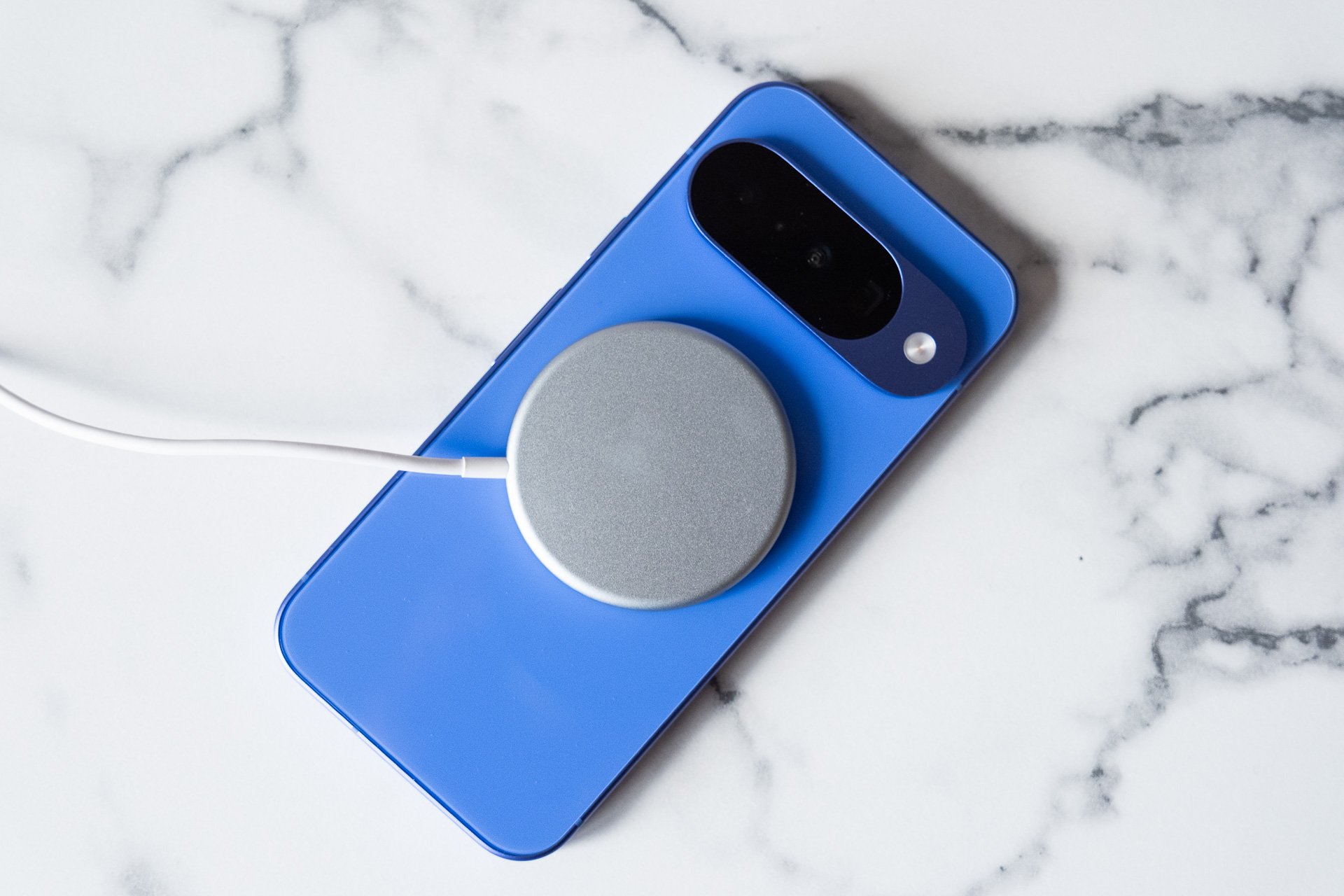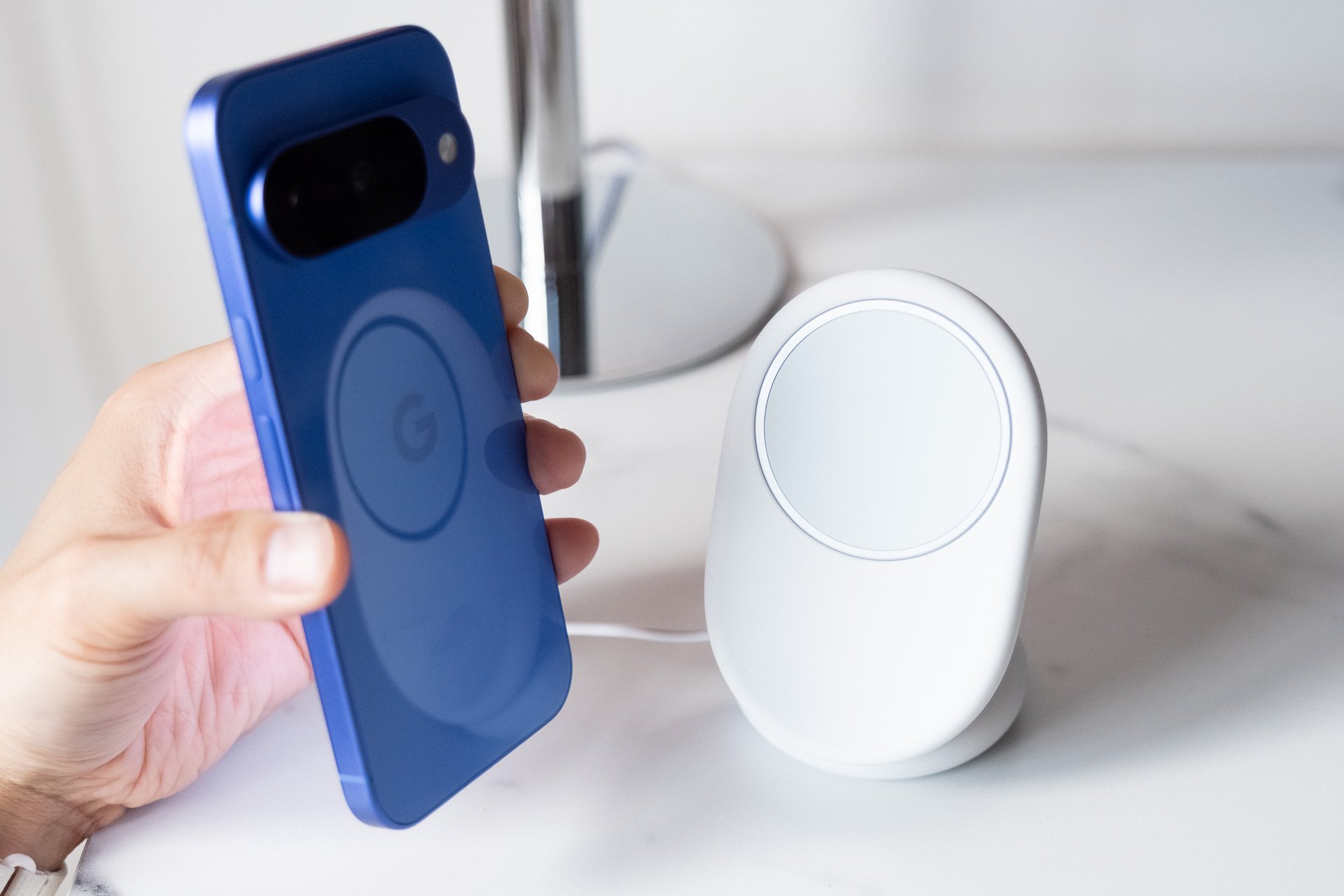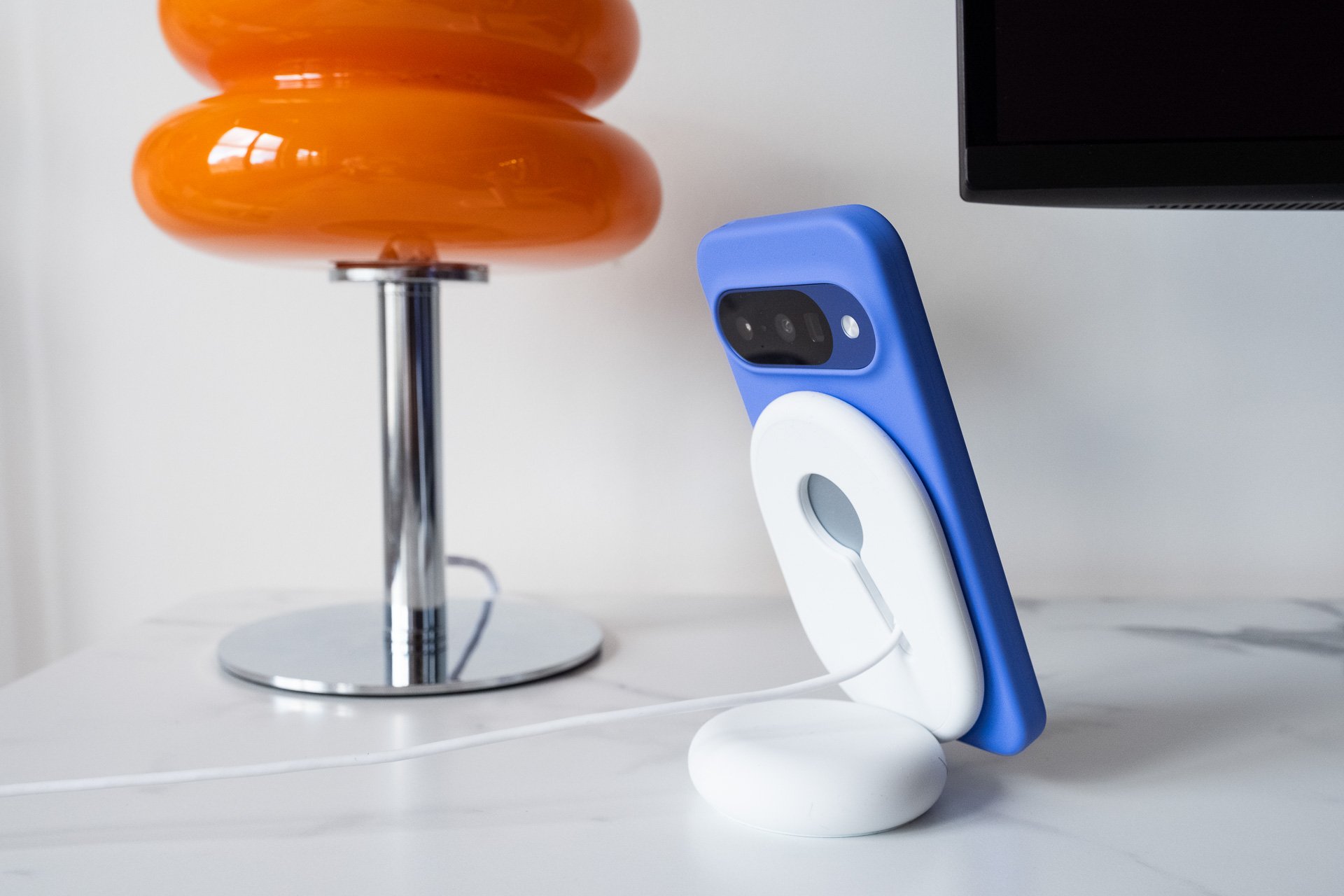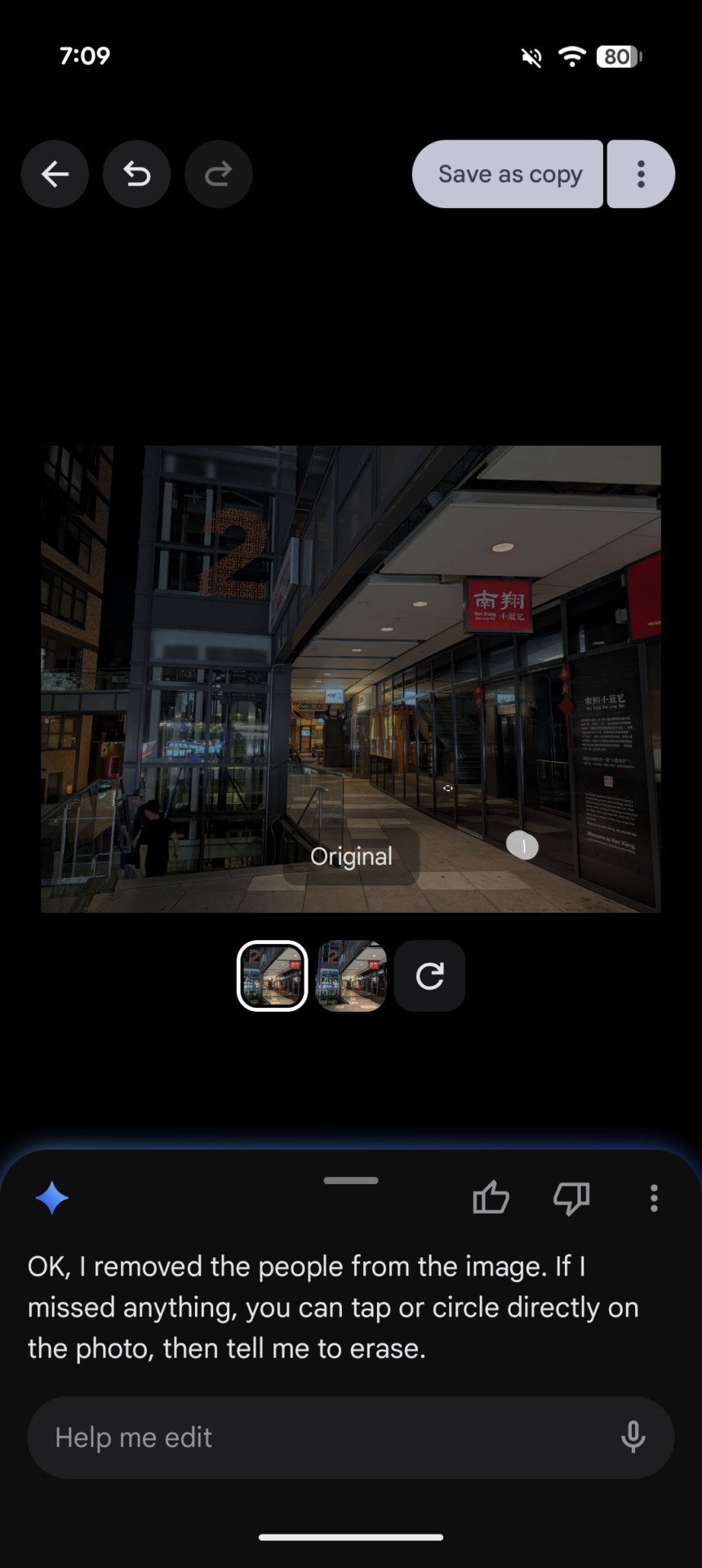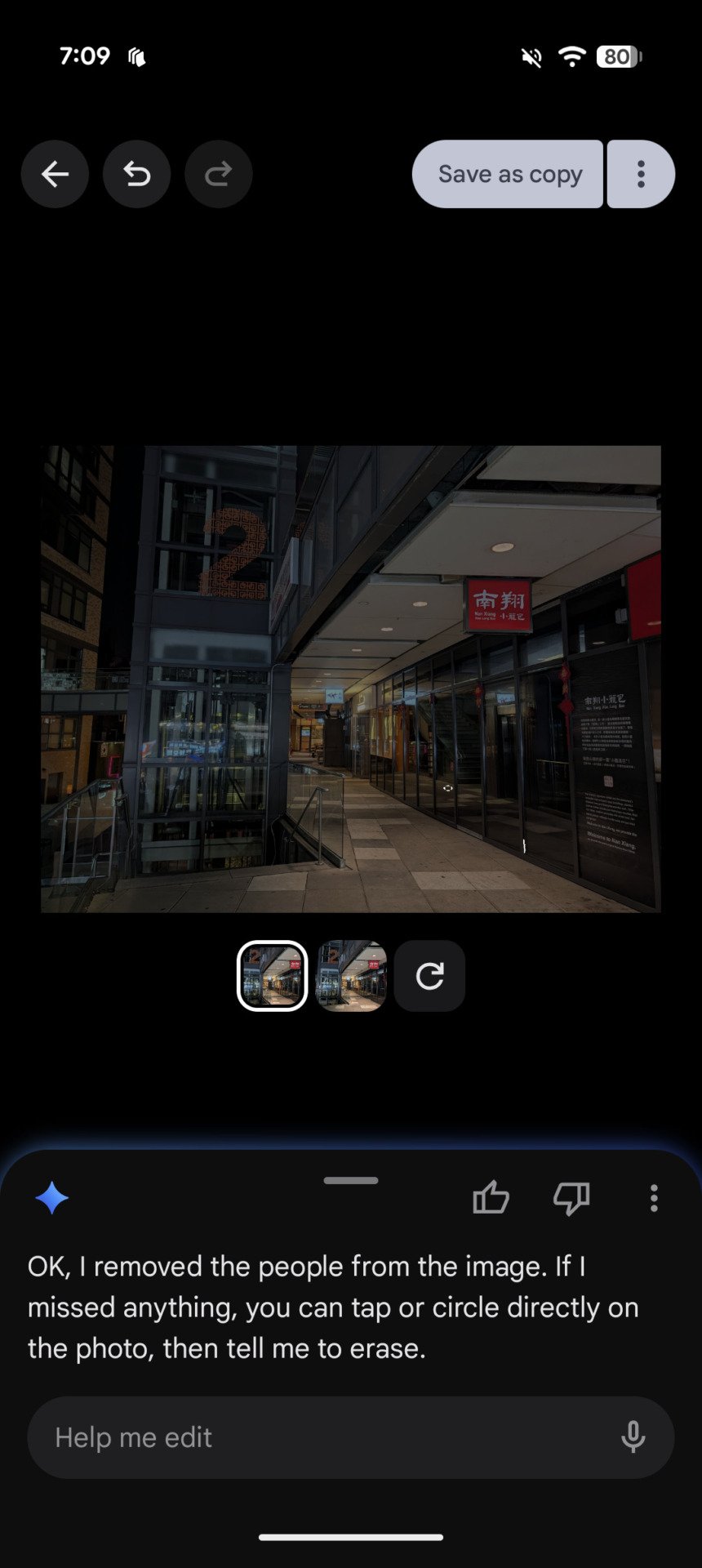If you just look at the Pixel 10’s physical design, you’re going to be disappointed. Google’s new $800 Android smartphone looks almost identical to last year’s Pixel 9, save for an additional 5x telephoto camera lens and some new colors, including the makes-me-smile Indigo blue. But like most new phones, there are a bunch of small upgrades internally that adfd up to a better daily experience, even if they’re not revolutionary. All of that stuff is good and necessary for a new phone—though, there are some features that are a downgrade—but the real star of the Pixel 10 is AI. Google has injected a heavy dose of AI and Gemini into Android to make the Pixel 10 feel genuinely more personalized and helpful.
The Pixel 10 is still fundamentally the touchscreen phone experience that Apple pioneered with the original iPhone. Android 16, with the new Material 3 Expressive design language, is still a home screen of app icons and widgets that you tap and swipe through. More than before, AI and Gemini are integrated in more places. There’s a lot of AI to take in and learn, and it’ll take more than the one week I’ve been testing the Pixel 10 to rewire my brain to not only use the phone’s many AI features but also remember that they exist. However, I can already see where Google thinks phones are headed—the intersection of phones and AI is inevitable, whether you like it or not.
Google Pixel 10
Google’s Pixel 10 is less about the tech specs and more about the AI and Gemini features that help you do things faster or easier.
Pros
- Many useful AI features
- Great screen
- Indigo color rules
- All-day battery life
- Qi2 and Pixelsnap wireless charging
Cons
- Camera downgrades
- Some useless AI features
- No more reverse wireless charging
- Tensor G5 performance still lags behind rivals
Hardware upgrades and downgrades
I’ll get to the AI part in a moment because even though the Pixel 10 looks similar to the Pixel 9, Google did make some small, but notable improvements. Those include a 6.3-inch 120Hz OLED display that can reach a higher 3,000 nits of peak brightness, a more powerful Tensor G5 chip, a larger 4,970mAh battery, slightly better-sounding speakers, and a 10.8-megapixel telephoto lens with 5x optical zoom. The Pixel 10 also supports faster Qi2 wireless charging and the new Pixelsnap magnetic wireless charging puck, which is Google’s own version of Apple’s MagSafe for iPhones. I’m happy to report that the Pixelsnap puck attached to the Pixel 10 with a satisfying snap, and it’s quite strong. There’s nothing groundbreaking about any of these upgrades, but I appreciate them all the same, especially the longer battery life and Pixelsnap.
The Pixel 10, from a hardware standpoint, may look less appealing when you dig deeper into some of the other specs. While finally having a telephoto lens is great, the main and ultrawide cameras are actually smaller image sensors with less resolution compared to the same cameras in the Pixel 9. The main camera got knocked down from a 50-megapixel main camera to a 48-megapixel one, and the 48-megapixel ultrawide down to a 13-megapixel shooter. If those camera modules sound familiar, that’s because they’re the same ones found in the $500 Pixel 9a. The selfie camera is the same 10.5-megapixel shooter from the Pixel 9.
They’re not bad cameras by any means—Google’s own image processing still does a lot of the heavy lifting to tweak photos so that they look decent—but sticking the same cameras from a $500 phone into an $800 one is not going to go over well with nerds. Photos from the Pixel 10 are good enough for posting on Instagram, but if you really zoom in on the details, you’ll find less vibrant colors, soft and muddied details, and just an overall lack of sharpness even outdoors. The 5x telephoto is making use of an updated version of Super Res Zoom, which enhances the sharpness of photos at 5x zoom and above. It works, but I wasn’t blown away by zoomed-in photos. If you want better photos on a Pixel, it’s clear to me that you’ll need to step up to the Pixel 10 Pro or 10 Pro XL. I’m still a little shocked that Google’s camera stack has fallen so behind as it prioritizes AI camera features like Auto Best Shot, which combines several similar images into one “best” shot. It’s time for Google to go back to basics and focus on image quality again.
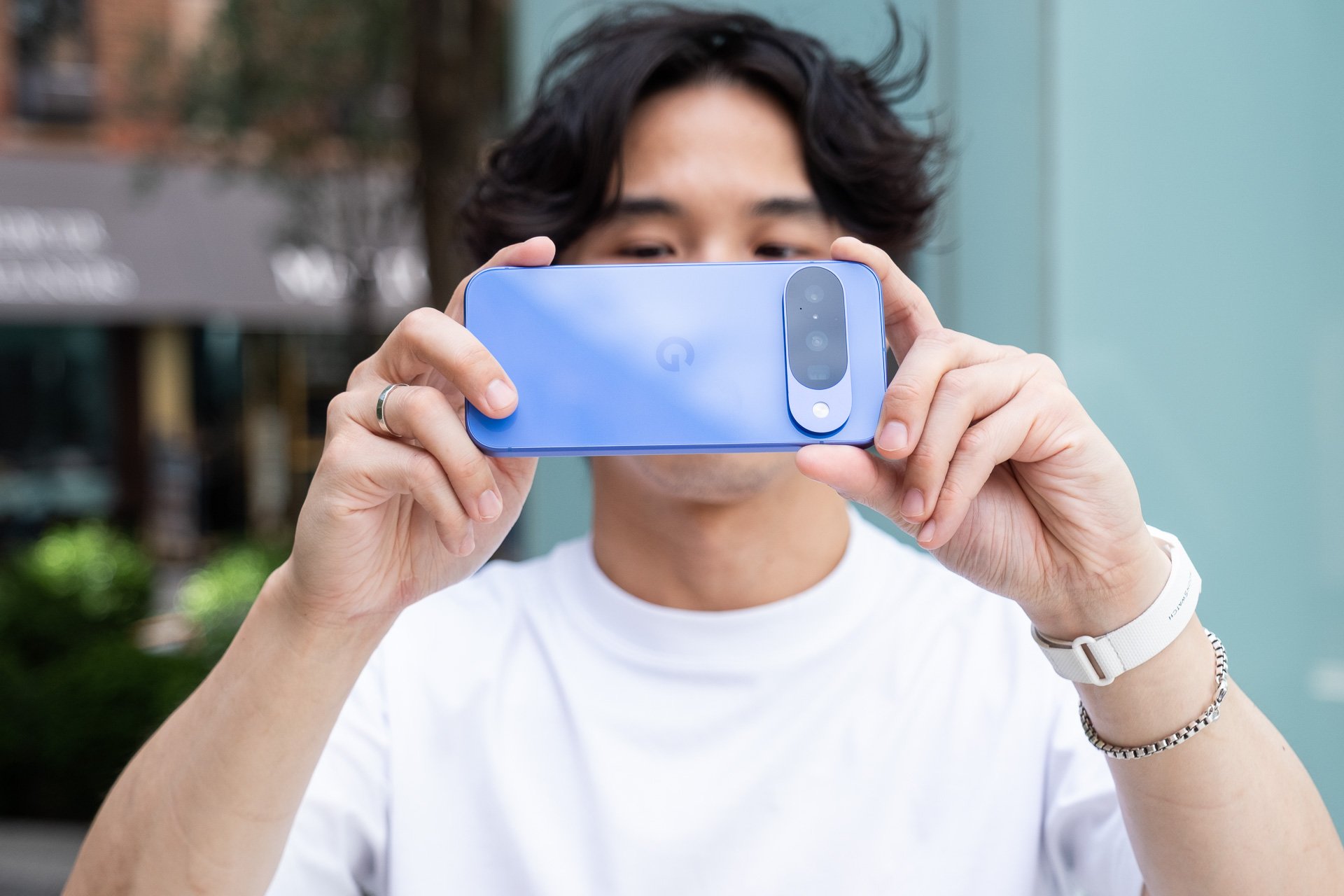
Other unforgivables that may upset people include the removal of reverse wireless charging, an LTPS instead of LTPO screen, no vapor chamber for better cooling, and the loss of the SIM card slot for U.S. Pixel 10 models. The one that bugs me the least is the display technology. Like I said in my Nothing Phone 3 review, the real-life gains of an LTPO display that can drop down to a lower refresh rate versus an LTPS screen that can’t go as low are negligible. Losing reverse wireless charging, which was useful for juicing up Pixel Buds on the go, inconvenienced me the most. Google’s official reason is that the magnets for Pixelsnap interfered with the reverse wireless charging coils; fair enough, but I suspect Google justified the reason because few people used it. And while eSIM is more widely used nowadays, I still prefer a physical SIM card that I can easily move between devices. I’m no hardcore mobile gamer, but the lack of any vapor chamber is going to have gamers looking at other phones to get their entertainment fix.
AI and Gemini everywhere
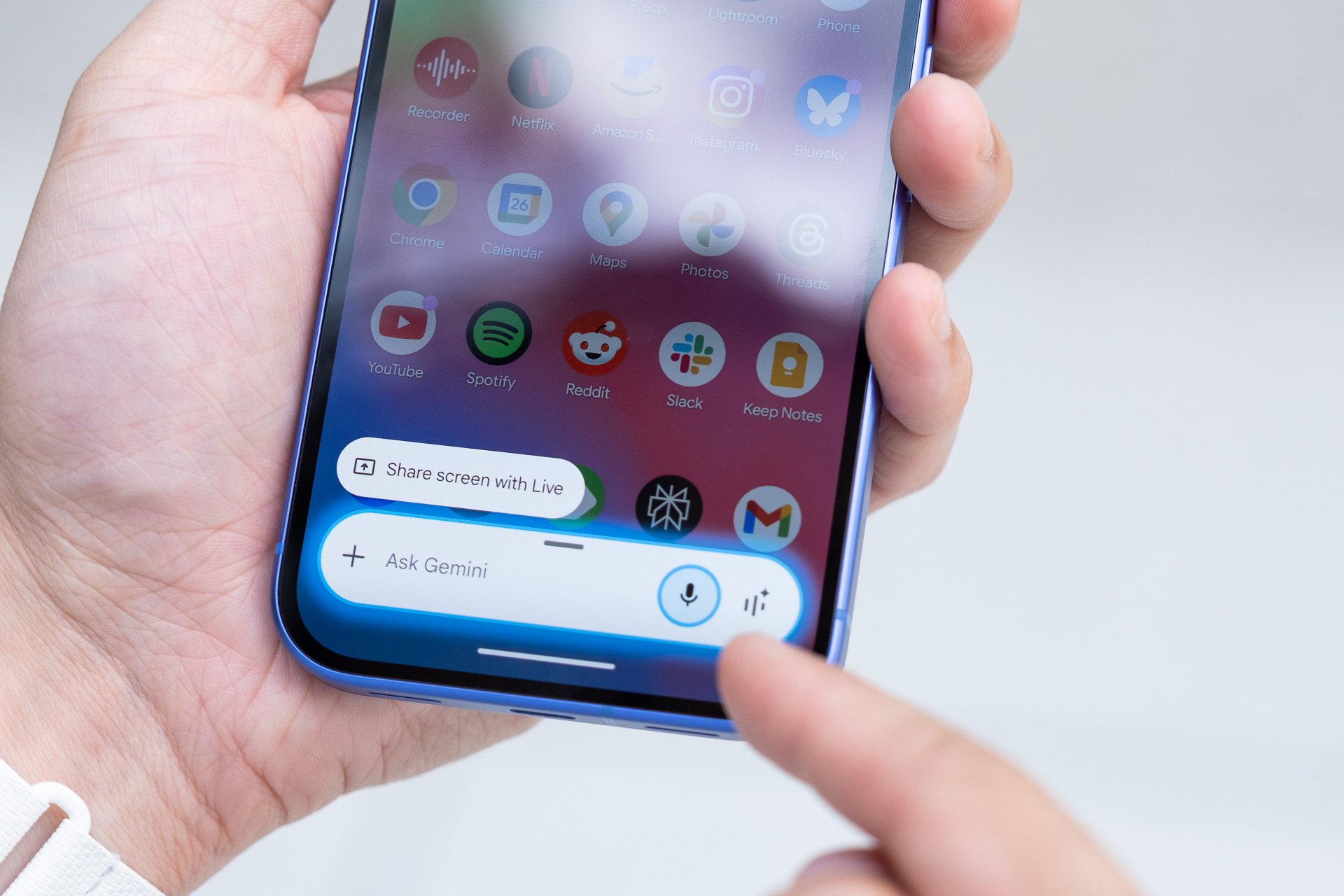
Now, on to the main event—AI and Gemini. It’s no secret that there’s an all-out AI race currently happening. Like every tech company, Google is throwing AI at the wall and seeing what sticks. The rules are being written and rewritten at a speed we’ve not seen in technology. Even nearly three years after ChatGPT’s breakout moment, we’re still figuring out what AI is, what it can be, and how it can fit into our lives. The Pixel 10 is a vessel for Google’s experiments, and mastering the many AI and Gemini features will require changing a decade-plus of smartphone muscle memory.
With the Pixel 10, Google’s asking you to rethink how you interact with your phone using AI. There’s so much AI and Gemini sprinkled into Android 16 that it can be overwhelming—it was for me, and it’s my job and passion to mess around with new technology. That’s really the big challenge of injecting AI into the existing touchscreen phone experience. How much AI is too much AI? Samsung and Apple have taken a more reserved approach to adding AI features into their phones, choosing to introduce a few new applications in small doses every year or so. That has the benefit of not breaking with familiarity—consumers hate changes to their stuff that force them to relearn everything. The downside to these slow-and-steady AI drops is that they may not go far enough. The same way people asked more of Siri and then gave up on the assistant when it couldn’t do what they requested, if Gemini can’t do what Pixel owners ask it to do, then it leaves a sour taste in the mouth. Unconvinced people are going to be less likely to give it another shot when things improve.
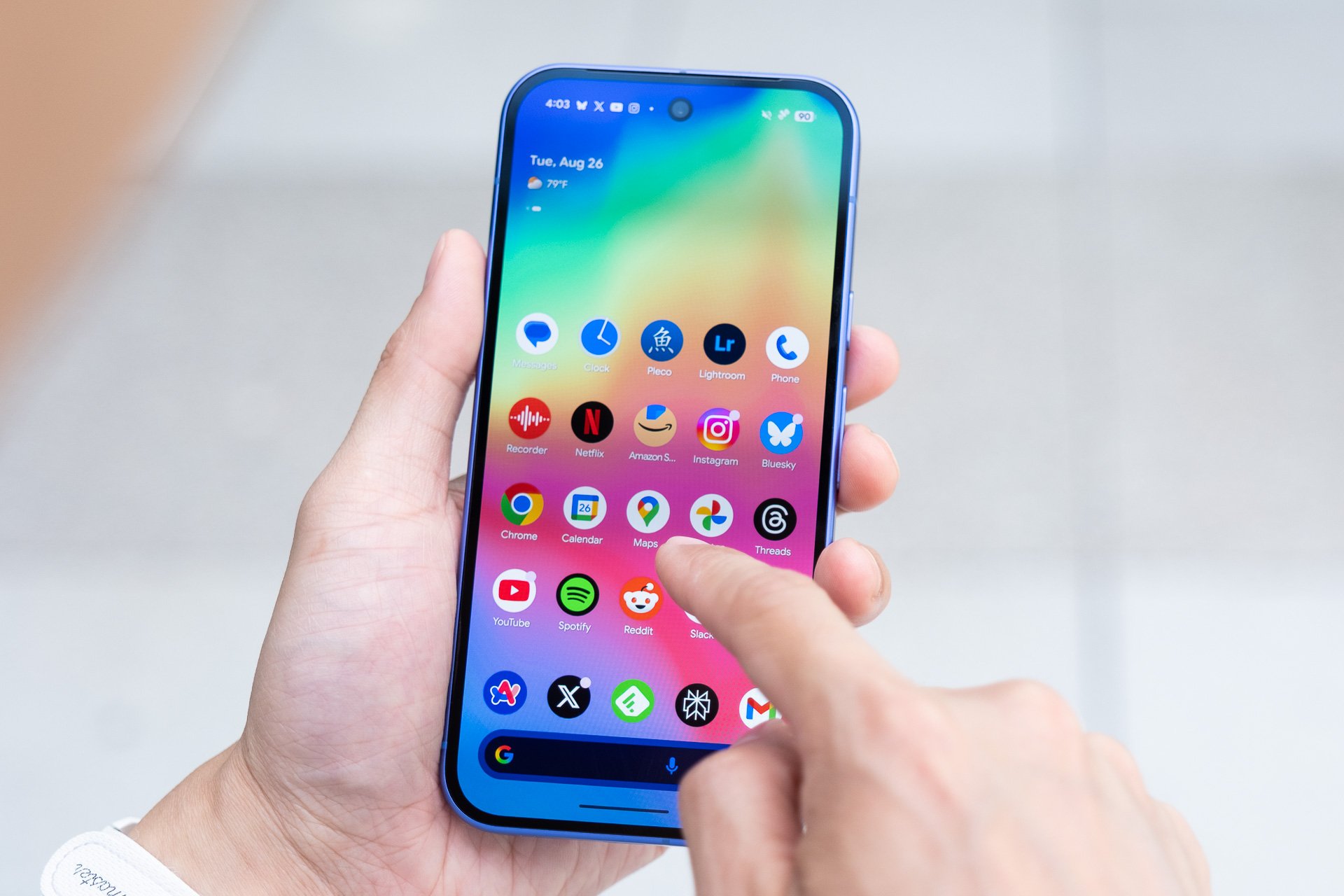
Having tried most AI features in the latest crop of flagship phones, I’ve noticed a trend, which is thoughtful AI. Google has put a lot of thought into coming up with helpful AI features that should either make doing phone stuff faster or easier. Many stick the landing; some do not. For example, Magic Cue is very well done when it works. The opt-in AI feature suggests relevant information or actions within certain apps, like the Phone, Messages, and Google Maps apps. Instead of manually having to find something like a hotel reservation or flight booking details from within an email, Magic Cue can simply surface it when the AI detects you may be talking about it. You’ll know something is a Magic Cue suggestion because it’s labeled as such or there’s a little rainbow outline around it. Magic Cue is limited right now—I really liked looking up restaurant reviews in Chrome and then seeing the business suggested as an option in Google Maps—but I see the potential. This is just the start of proactive intelligence on phones to help triage all the information we have stored in our apps. Rightfully so, this convenience of letting AI “connect the dots” of all your data from across your apps does mean you have to consider the privacy of it all. While Google has repeatedly said that privacy is core to the Pixels and Google service, and some AI features are processed on devices, only you can decide whether you’re comfortable letting any company have what’s essentially a map of your digital life.

The rest of the AI and Gemini features on the Pixel 10 really comes down to a matter of personal preference. Maybe there are people who will use all of the AI features in the Pixel 10, but most likely, you’ll only use the ones that suit you. If you’re clueless about editing photos or just want to do a quick edit, the “Help me edit” feature can be clutch. Instead of manually moving sliders around or circling things to erase from a photo, you can simply describe how you want a photo to be edited, and Gemini will do it all for you. Results are mostly good, but as with all generative AI, sometimes you’ll get some bad or even comical edits. I was surprised by how Gemini nailed “remove shadows from faces.” And don’t worry, “Help me edit” works on all photos in your Google Photos library, not just ones you take with the Pixel 10.
Voice Translate during phone calls is a potential game-changer. The AI features essentially deepfakes your voice into another language in near real time. In my testing, it was generally fast and accurate with the translations (so I was told by my friends). It still freaks me out to hear my voice speak French or Spanish. At the time of testing, the feature only supports translation for languages to and from English, French, German, Hindi, Indonesian, Japanese, Portuguese, Spanish, and Swedish. I’ve been learning Mandarin Chinese for over a year, and I’m surprised that a language spoken by about 1 billion people isn’t supported at launch but Swedish, which is spoken by around 10 million people is.
I also found AI features like Writing Tools in Gboard (basically a spellcheck or style rephraser), the improved Pixel Screenshots (lets you turn screenshots into helpful and searchable notebooks with NotebookLM), and Take a Message (real-time transcriptions for missed or declined calls) useful, though you may never use them at all.
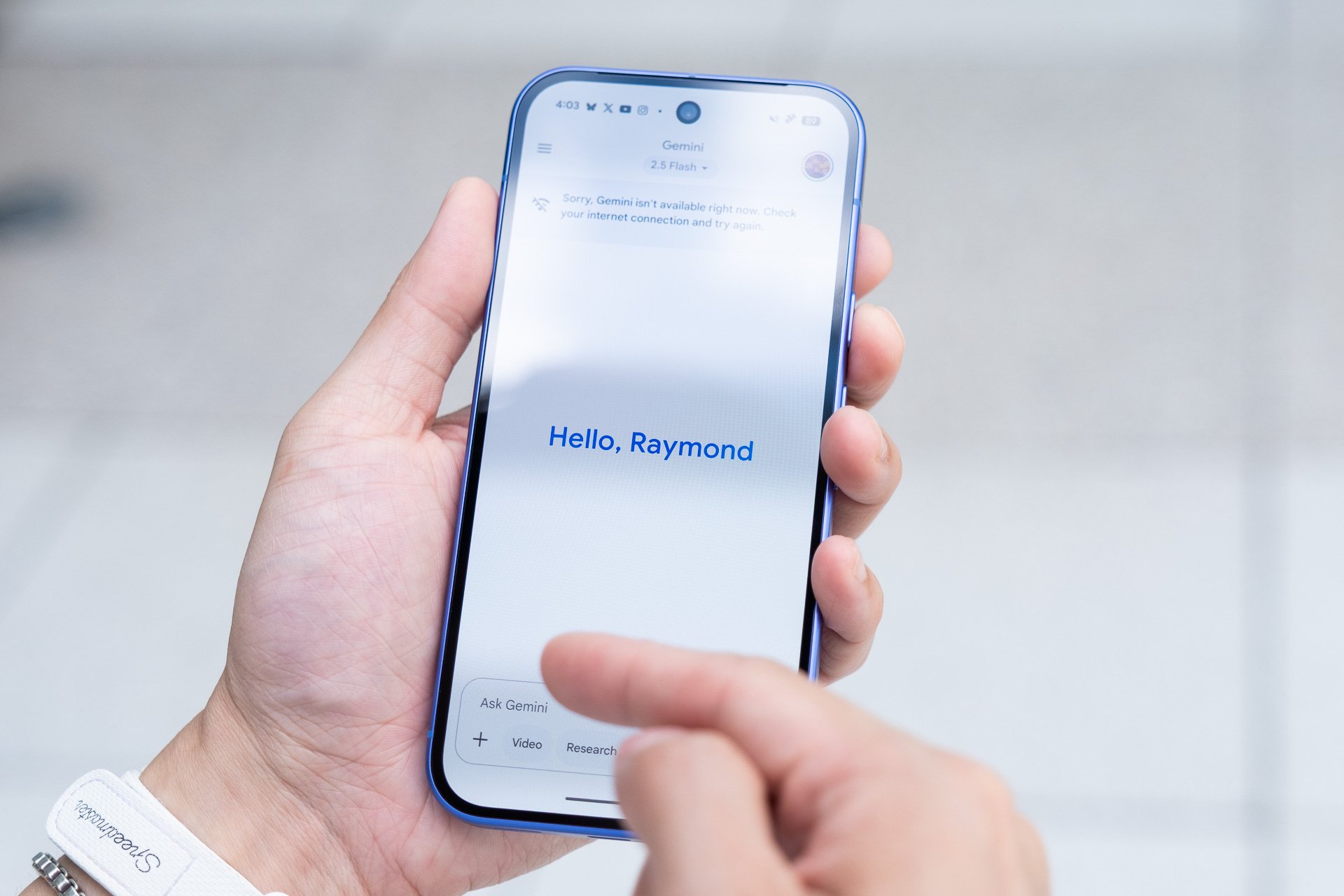
A week is simply not enough time to fully immerse myself in all of the Pixel 10’s AI features and get a good understanding of how it’ll change my phone workflow long-term, but I already know some of the duds I won’t be revisiting. There’s a feature that lets you turn voice recordings in the Recorder app into music (you choose a vibe such as “chill beats” or “dancy party” and the AI will generate a song); Pixel Studio, which is a better version of Apple’s cheesy Image Playground, and uses Imagen 4 to generate images for whatever you might need some media for; Camera Coach lets you point your Pixel 10 camera at a scene and Gemini will suggest a few ways to improve the shot like focusing on certain objects or switching to a different lens or tilting up or down (it’s basically photography for dummies).
Again, there’s a lot of AI and Gemini inside the Pixel 10, and while most of it is easy to understand, it will take longer to sink in. My first instinct was to just do everything on the Pixel 10 the same way I’ve always been doing it—bounce between apps and tap, tap, tap, swipe, swipe, swipe—but once you let some of the AI do the driving (i.e. Magic Cue surfacing info from within Google apps), the whole AI “vision” clicks into place. AI is a better way to make sense of all your data. Google has basically done what Apple promised with its botched Apple Intelligence and AI-powered Siri for iPhone.
Just the beginning of “AI phones”
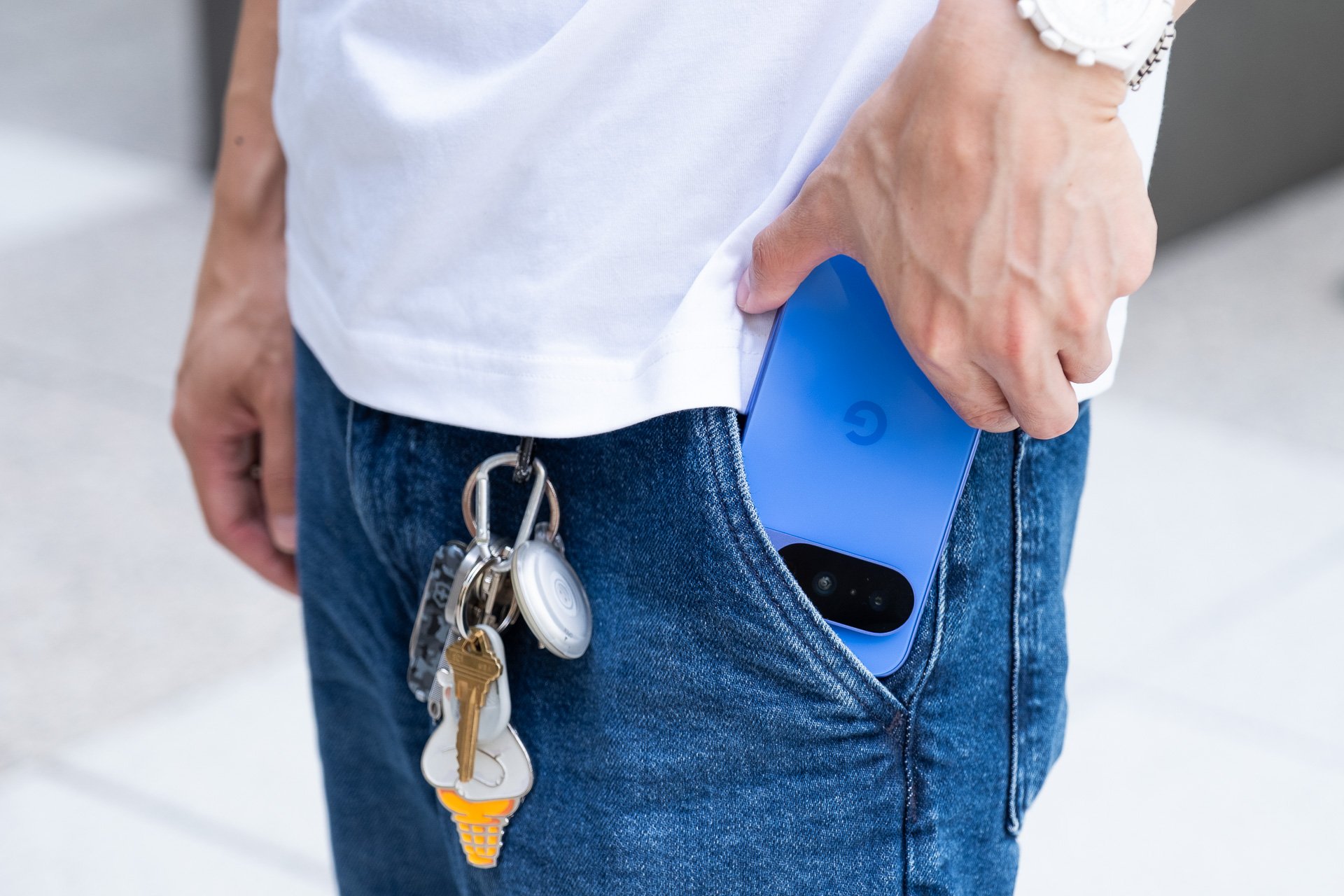
In a table of tech specs comparing the Pixel 10 to other phones starting at $800, like the iPhone 16 or Nothing Phone 3, Google’s 10th-generation phone is going to seem like a lesser deal. Sure, the build quality is tops and the cameras are solid (though not the best anymore), but the performance of the Tensor G5 chip lags behind the competition, especially for gaming. But, if you look at the Pixel 10 through the lens of an “AI phone,” it leads the pack. Apple has yet to get its botched Apple Intelligence act together, and as I already said, Samsung and others are integrating AI with a slower pace, so as not to upset consumers with the unfamiliar.
Google has put together the most comprehensive “AI phone” that I’ve seen. The Pixel 10 is certainly more AI-centric than the Copilot-powered “AI PCs” that Microsoft has been pushing unsuccessfully over the past few years. Practical AI that you actually want to use and that actually helps you do things faster and easier is finally here. It’s not perfect by any means, but the Pixel 10 shows that AI is the future for phones. This is the way.
Read the full article here

